Home>Furniture & Design>Interior Design Trends>How To Get Gorilla Glue Off Glass
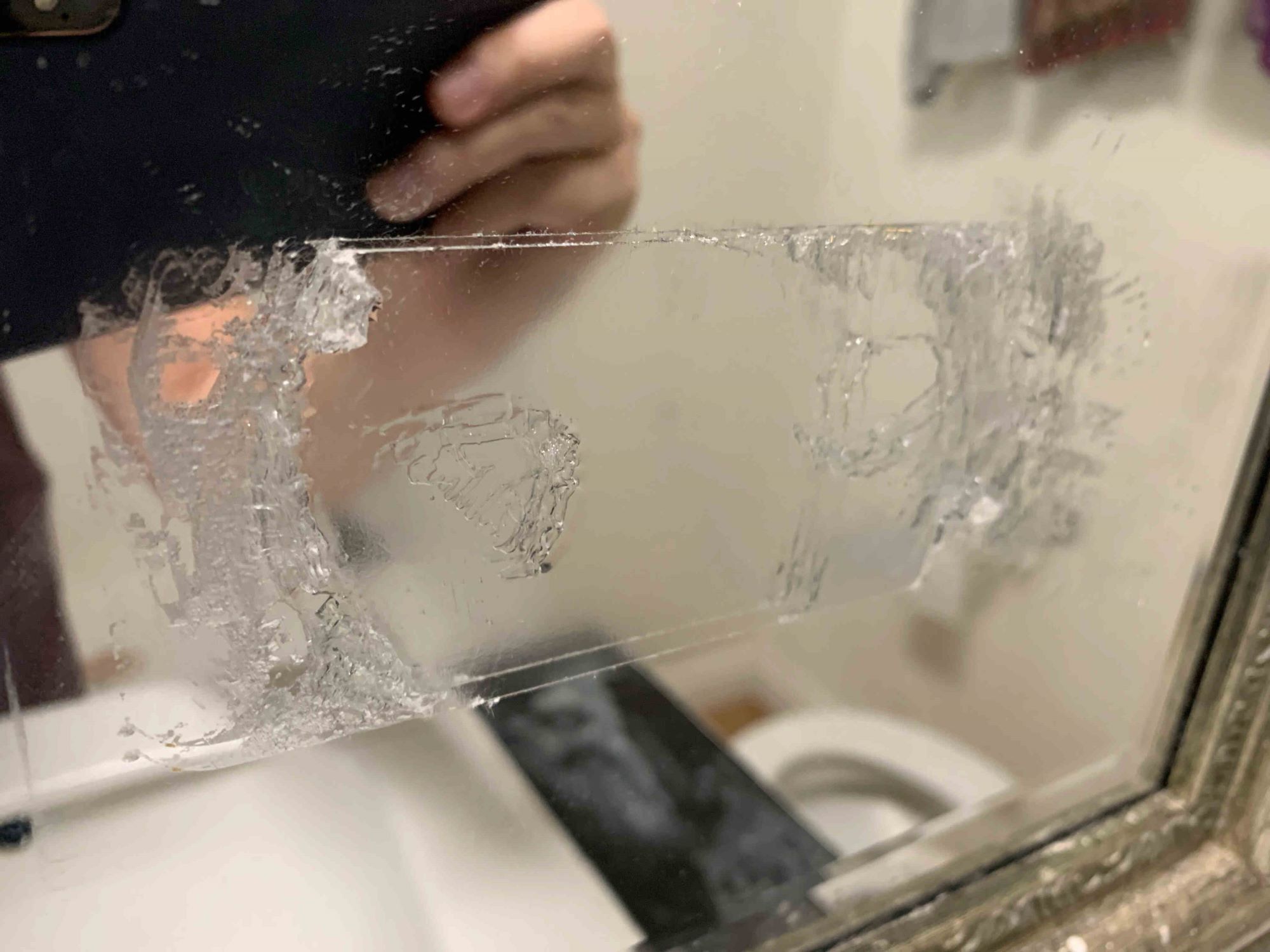

Interior Design Trends
How To Get Gorilla Glue Off Glass
Modified: March 2, 2024
Learn effective techniques for removing Gorilla Glue from glass surfaces. Discover the latest interior design trends to elevate your space.
(Many of the links in this article redirect to a specific reviewed product. Your purchase of these products through affiliate links helps to generate commission for Storables.com, at no extra cost. Learn more)
Introduction
Dealing with a stubborn adhesive like Gorilla Glue on glass surfaces can be a challenging task. Whether it's an accidental spill or an intentional application that has gone awry, removing Gorilla Glue from glass requires patience, the right tools, and a methodical approach. In this guide, we will explore effective techniques to safely and efficiently remove Gorilla Glue from glass, restoring the pristine appearance of your glass surfaces. From understanding the nature of Gorilla Glue to gathering the necessary tools and executing the step-by-step removal process, this comprehensive guide will equip you with the knowledge and skills to tackle this common household dilemma. Let's dive in and discover the best practices for getting Gorilla Glue off glass surfaces.
Key Takeaways:
- Removing Gorilla Glue from glass requires patience, isopropyl alcohol, and precision. Soften, scrape, and clean the glass methodically to restore its pristine appearance.
- Equip yourself with protective gear, isopropyl alcohol, and a razor blade to effectively tackle Gorilla Glue removal. Exercise caution and attentiveness throughout the process.
Read more: How To Get Nail Glue Off Glass
Understanding Gorilla Glue
Gorilla Glue is a popular and versatile adhesive known for its incredible strength and bonding capabilities. It is a polyurethane-based adhesive that forms a strong and durable bond when applied to various materials, including glass. Gorilla Glue is valued for its ability to create permanent bonds, making it a preferred choice for a wide range of DIY and repair projects.
One of the distinctive features of Gorilla Glue is its expanding nature. When exposed to moisture, the glue expands and foams, filling gaps and irregularities in the surfaces it bonds. This expansion property allows the glue to create a tight and secure bond, which can pose a significant challenge when attempting to remove it from glass surfaces.
Additionally, Gorilla Glue is known for its waterproof and weather-resistant characteristics, making it suitable for both indoor and outdoor applications. This resilience adds to the complexity of removing Gorilla Glue from glass, as traditional cleaning methods may prove ineffective against its robust composition.
Furthermore, Gorilla Glue cures through a chemical reaction with moisture, which means that once it adheres to a surface and hardens, it becomes extremely difficult to remove without causing damage. Its strong adhesion and durable nature make it a formidable opponent when it comes to cleaning and restoring glass surfaces.
Understanding the unique properties of Gorilla Glue is essential for devising an effective removal strategy. By acknowledging its strength, expanding nature, and resistance to traditional cleaning agents, you can approach the removal process with a clear understanding of the challenges involved. With this knowledge as a foundation, you can proceed to gather the necessary tools and materials to tackle the task of removing Gorilla Glue from glass surfaces effectively.
Tools and Materials Needed
When preparing to remove Gorilla Glue from glass, having the right tools and materials at your disposal is crucial for a successful and efficient process. Here's a comprehensive list of items you'll need to effectively tackle the task:
1. Protective Gear
Before embarking on the removal process, it's essential to prioritize safety. Equip yourself with protective gear such as latex or nitrile gloves to shield your hands from the adhesive and any cleaning agents used during the removal process. Additionally, wearing safety goggles can safeguard your eyes from potential splashes or fumes.
2. Razor Blade or Scraper
A sharp razor blade or a dedicated adhesive scraper is indispensable for gently lifting and removing the cured Gorilla Glue from the glass surface. Opt for a high-quality razor blade or a specialized scraper designed for removing adhesives to ensure precision and minimize the risk of scratching the glass.
Read more: How To Get Hot Glue Off Glass
3. Isopropyl Alcohol
Isopropyl alcohol, commonly known as rubbing alcohol, is an effective solvent for breaking down and softening cured adhesives. It helps weaken the bond between the Gorilla Glue and the glass, facilitating the removal process. Ensure you have an ample supply of isopropyl alcohol for thorough cleaning and adhesive dissolution.
4. Microfiber Cloth
A soft and lint-free microfiber cloth is ideal for wiping and cleaning the glass surface during and after the adhesive removal. Its gentle texture helps prevent scratches and streaks, ensuring a smooth and polished finish once the Gorilla Glue is removed.
5. Plastic Putty Knife
A plastic putty knife or a similar non-abrasive tool can aid in delicately prying and lifting the softened adhesive from the glass. The flexibility and non-marring properties of a plastic putty knife make it suitable for maneuvering along the glass surface without causing damage.
6. Warm, Soapy Water
Prepare a solution of warm water and mild dish soap to cleanse the glass surface after removing the Gorilla Glue. This solution will help eliminate any residual adhesive and cleaning agent, leaving the glass spotless and ready for everyday use.
Read more: How To Store Gorilla Glue
7. Vinegar (Optional)
In cases where the Gorilla Glue residue persists, vinegar can serve as an additional solvent to further dissolve the adhesive. Dilute vinegar with water and apply it cautiously to the affected area, allowing it to penetrate and weaken any stubborn remnants of the adhesive.
By assembling these essential tools and materials, you'll be well-equipped to undertake the Gorilla Glue removal process with confidence and precision. With safety gear, effective solvents, and gentle cleaning implements at your disposal, you can proceed to the next steps of softening and scraping the adhesive from the glass surface, ultimately restoring its pristine condition.
Step 1: Softening the Glue
The initial step in removing Gorilla Glue from glass involves softening the adhesive to weaken its bond with the surface. This process is essential for preparing the glue for subsequent removal without causing damage to the glass. To effectively soften the Gorilla Glue, follow these detailed steps:
-
Apply Isopropyl Alcohol: Begin by saturating a clean, lint-free microfiber cloth with isopropyl alcohol. Gently dab the affected area of the glass with the alcohol-soaked cloth, ensuring thorough coverage of the Gorilla Glue residue. The isopropyl alcohol works to penetrate the adhesive, gradually breaking down its bond with the glass.
-
Allow Dwell Time: After applying the isopropyl alcohol, allow it to dwell on the Gorilla Glue for several minutes. This dwell time is crucial for the alcohol to effectively soften the adhesive, making it more pliable and easier to remove. The alcohol's solvent properties facilitate the breakdown of the cured glue, weakening its adherence to the glass surface.
-
Reapply as Needed: For stubborn or extensive Gorilla Glue deposits, reapply isopropyl alcohol as necessary to ensure sustained softening of the adhesive. Multiple applications may be required to fully penetrate and loosen the glue, particularly in cases where the adhesive has hardened over time.
-
Avoid Excessive Scrubbing: While softening the Gorilla Glue, refrain from aggressive scrubbing or scraping, as this can potentially scratch or damage the glass surface. Instead, allow the isopropyl alcohol to work gradually, gently loosening the adhesive without exerting excessive force.
By meticulously softening the Gorilla Glue with isopropyl alcohol and exercising patience during the dwell time, you can effectively prepare the adhesive for the subsequent removal steps. This methodical approach sets the stage for safely and efficiently addressing the challenge of removing Gorilla Glue from glass, paving the way for the next crucial step of scraping the softened adhesive from the glass surface.
Step 2: Scraping the Glue
Once the Gorilla Glue has been adequately softened through the application of isopropyl alcohol, the next pivotal step involves delicately scraping the adhesive from the glass surface. This process demands precision and care to avoid damaging the glass while effectively removing the softened glue. Follow these detailed steps to execute the scraping phase with finesse:
-
Utilize a Razor Blade or Adhesive Scraper: Select a sharp razor blade or a specialized adhesive scraper designed for delicate adhesive removal. Hold the blade or scraper at a shallow angle to the glass, ensuring a gentle and controlled approach. Avoid applying excessive pressure to prevent scratches or abrasions on the glass surface.
-
Begin at the Edges: Commence the scraping process by focusing on the edges of the softened Gorilla Glue. Gently insert the razor blade or scraper beneath the softened adhesive, carefully lifting and loosening it from the glass. Exercise patience and precision, allowing the blade to navigate along the edges and gradually detach the adhesive.
-
Work in Sections: Divide the affected area into manageable sections and methodically work through each segment. By approaching the removal process in sections, you can maintain a systematic and thorough approach, ensuring that no remnants of the Gorilla Glue are overlooked. Exercise caution and attentiveness as you navigate the blade or scraper across the glass, prioritizing a meticulous and controlled technique.
-
Monitor the Adhesive Removal: As you scrape the softened Gorilla Glue, periodically assess the progress and adjust your technique as needed. Be mindful of any resistance or stubborn remnants of the adhesive, addressing them with careful and deliberate scraping motions. Continuously evaluate the condition of the glass surface to prevent unintended damage during the removal process.
-
Refine with a Plastic Putty Knife: For intricate or challenging areas, a plastic putty knife can be employed to delicately refine the adhesive removal. The flexibility and non-abrasive nature of a plastic putty knife make it an ideal tool for navigating curved or irregular glass surfaces, ensuring thorough and precise removal of the softened Gorilla Glue.
By meticulously executing the scraping phase with the appropriate tools and a methodical approach, you can effectively lift and remove the softened Gorilla Glue from the glass surface. This meticulous process sets the stage for the final step of cleaning the glass, ensuring a pristine and adhesive-free finish.
Step 3: Cleaning the Glass
After successfully removing the softened Gorilla Glue from the glass surface, the final step involves thorough cleaning to restore the glass to its pristine condition. This critical phase ensures the removal of any residual adhesive and cleaning agents, leaving the glass spotless and ready for everyday use. Follow these detailed steps to execute the cleaning process with precision and care:
-
Prepare Warm, Soapy Water: Begin by preparing a solution of warm water and mild dish soap in a clean container. The gentle yet effective nature of dish soap makes it ideal for cleansing the glass without leaving behind residue or streaks. Ensure the water is comfortably warm to facilitate optimal cleaning.
-
Dampen a Microfiber Cloth: Submerge a soft, lint-free microfiber cloth in the soapy water solution, allowing it to become thoroughly dampened. Wring out any excess water to prevent dripping, ensuring the cloth is moist but not saturated.
-
Gently Wipe the Glass Surface: With the dampened microfiber cloth, delicately wipe the entire glass surface, paying close attention to the areas where the Gorilla Glue was removed. Employ gentle, circular motions to effectively lift any remaining adhesive residue and cleaning agent, promoting a clean and polished finish.
-
Inspect for Residual Adhesive: As you clean the glass, carefully inspect the surface for any lingering traces of adhesive. If you encounter stubborn remnants, consider reapplying isopropyl alcohol to further dissolve and lift the remaining adhesive. Exercise patience and attentiveness to ensure thorough removal.
-
Rinse with Clean Water: Once the glass surface has been meticulously wiped and any residual adhesive addressed, rinse the area with clean water. Use a separate, damp microfiber cloth to gently remove any soapy residue, ensuring a pristine and residue-free finish.
-
Dry with a Clean Cloth: To complete the cleaning process, use a dry and clean microfiber cloth to gently dry the glass surface. Employ light, sweeping motions to eliminate any remaining moisture, leaving the glass impeccably clean and ready for use.
By diligently executing the cleaning phase with meticulous attention to detail, you can effectively eliminate any remnants of Gorilla Glue and cleaning agents, restoring the glass to its original luster. This final step ensures that the glass surface is free from adhesive residue and thoroughly cleansed, culminating in a successful and satisfying removal process.
Read more: How To Get Glue Off Floor
Conclusion
In conclusion, successfully removing Gorilla Glue from glass surfaces requires a methodical approach, the right tools, and a keen understanding of the adhesive's properties. By softening the glue with isopropyl alcohol, delicately scraping the softened adhesive, and meticulously cleaning the glass, you can restore the pristine appearance of your glass surfaces. It's important to approach the removal process with patience and precision, prioritizing the safety of both yourself and the glass during each step.
Understanding the unique characteristics of Gorilla Glue, including its expanding nature, waterproof properties, and strong adhesion, is essential for devising an effective removal strategy. By acknowledging these traits, you can tailor your approach to address the challenges posed by this formidable adhesive.
Equipping yourself with protective gear, a razor blade or adhesive scraper, isopropyl alcohol, a microfiber cloth, a plastic putty knife, and warm, soapy water is crucial for a successful removal process. These tools and materials enable you to soften, scrape, and clean the glass with precision and care, ensuring that the removal is thorough and the glass remains unharmed.
Throughout the removal process, it's important to exercise caution and attentiveness, avoiding aggressive scrubbing or excessive pressure that could potentially damage the glass. By working methodically and patiently, you can effectively lift and remove the Gorilla Glue without compromising the integrity of the glass surface.
Ultimately, the cleaning phase ensures that the glass is free from any residual adhesive and cleaning agents, leaving it spotless and ready for everyday use. By following the detailed steps outlined in this guide, you can confidently tackle the challenge of removing Gorilla Glue from glass, achieving a successful and satisfying outcome.
With the knowledge and skills acquired from this comprehensive guide, you are well-equipped to address Gorilla Glue mishaps on glass surfaces, restoring their pristine condition and maintaining their aesthetic appeal. By approaching the removal process with diligence and a focus on precision, you can effectively conquer this common household dilemma, ensuring that your glass surfaces remain adhesive-free and visually impeccable.
Frequently Asked Questions about How To Get Gorilla Glue Off Glass
Was this page helpful?
At Storables.com, we guarantee accurate and reliable information. Our content, validated by Expert Board Contributors, is crafted following stringent Editorial Policies. We're committed to providing you with well-researched, expert-backed insights for all your informational needs.
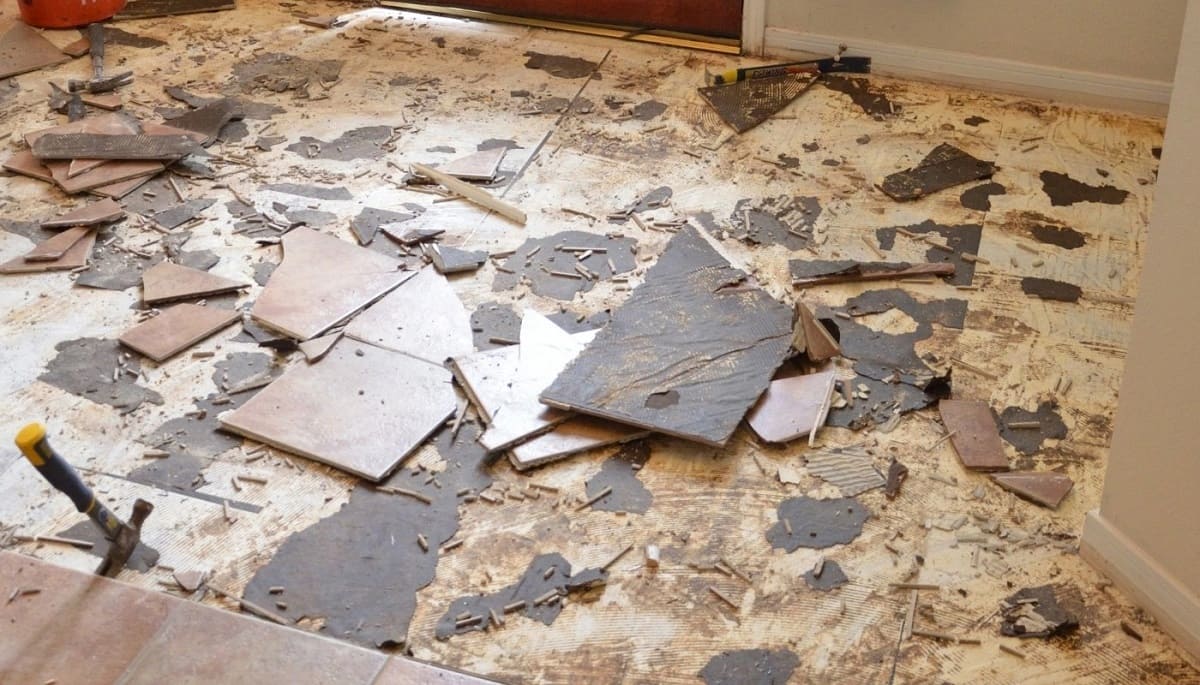
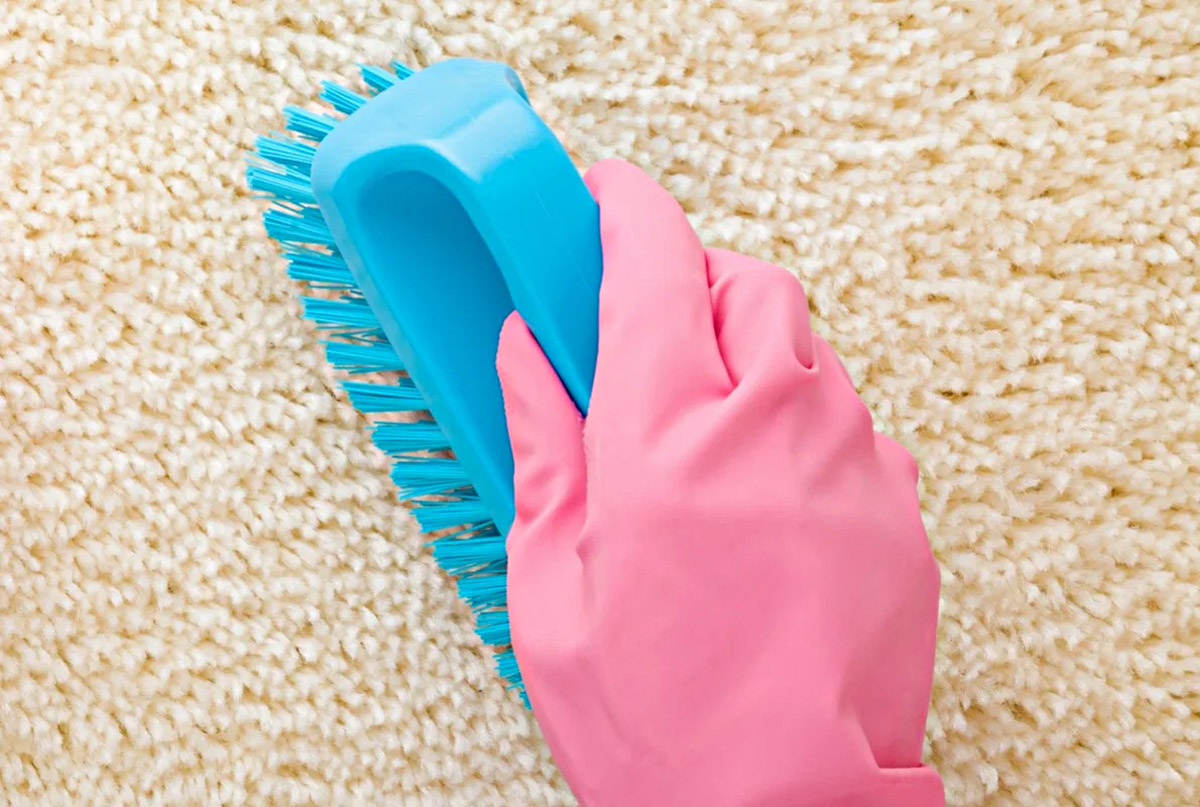
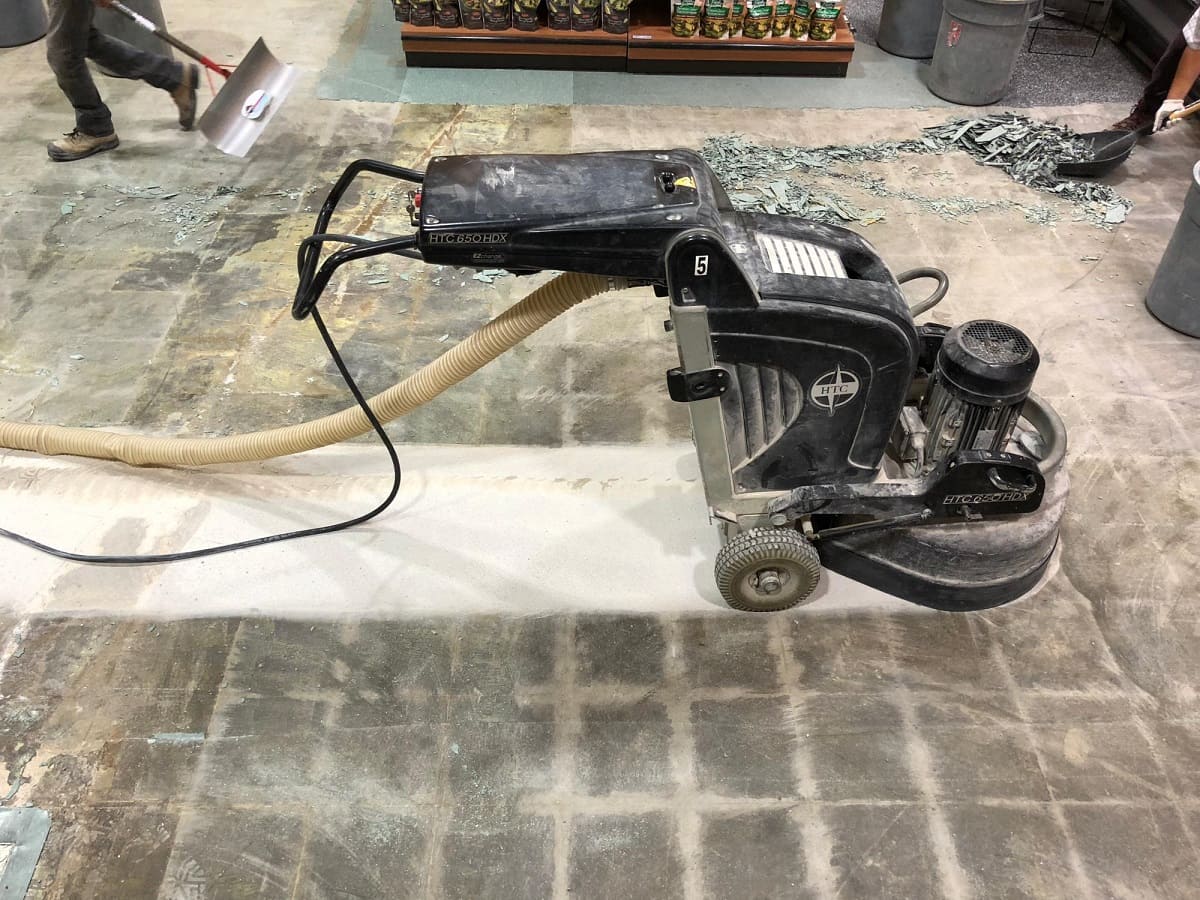
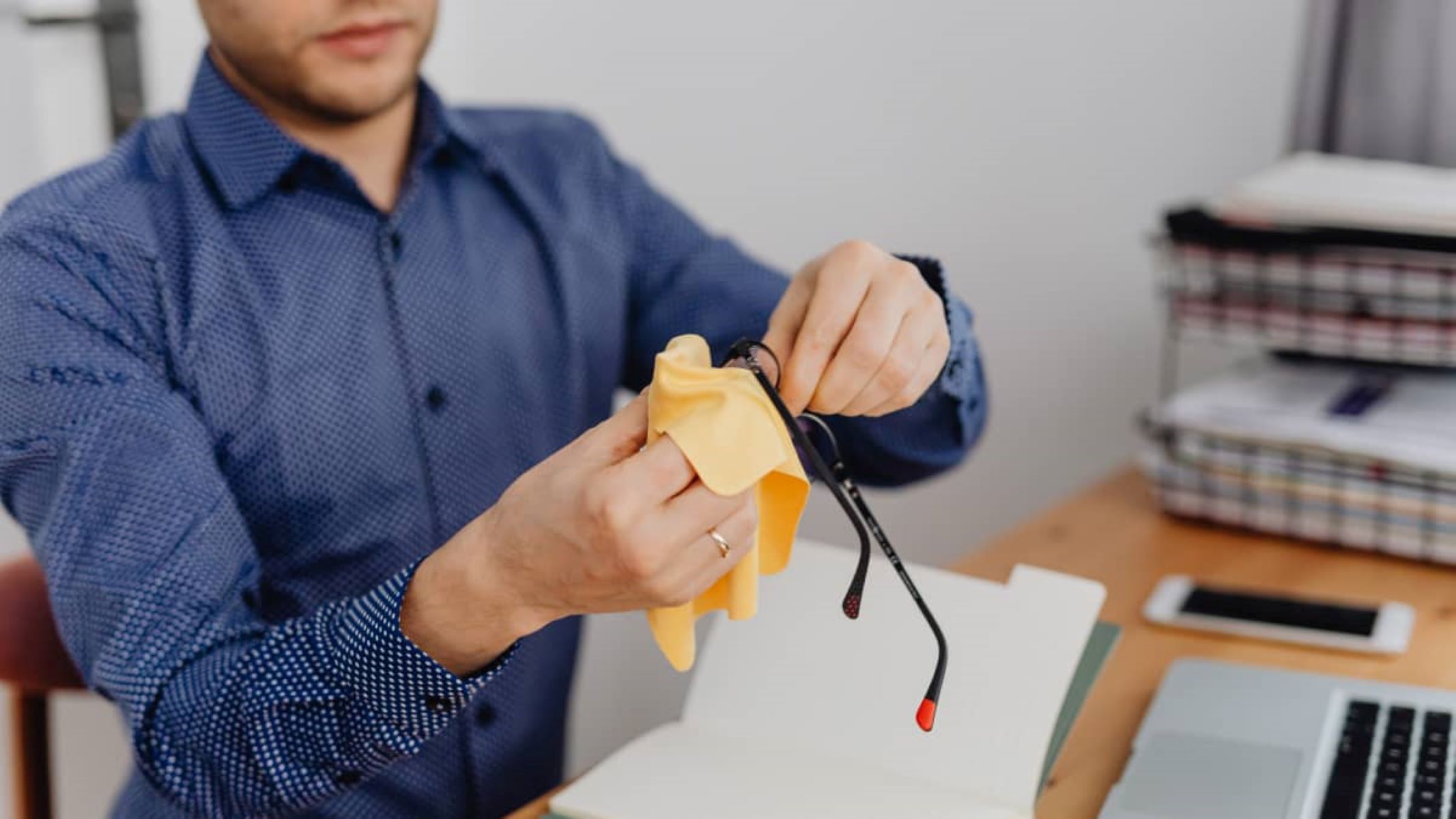
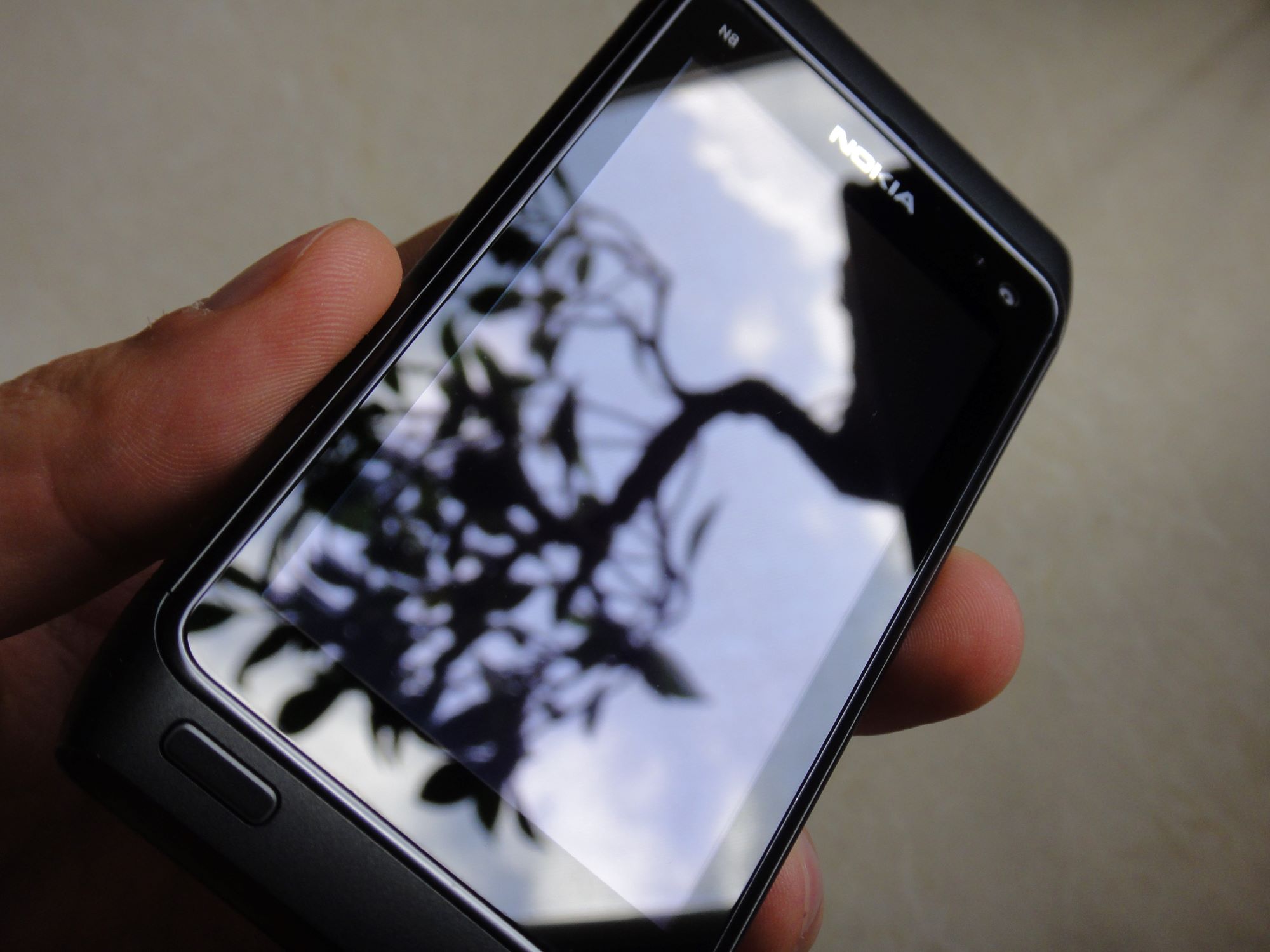
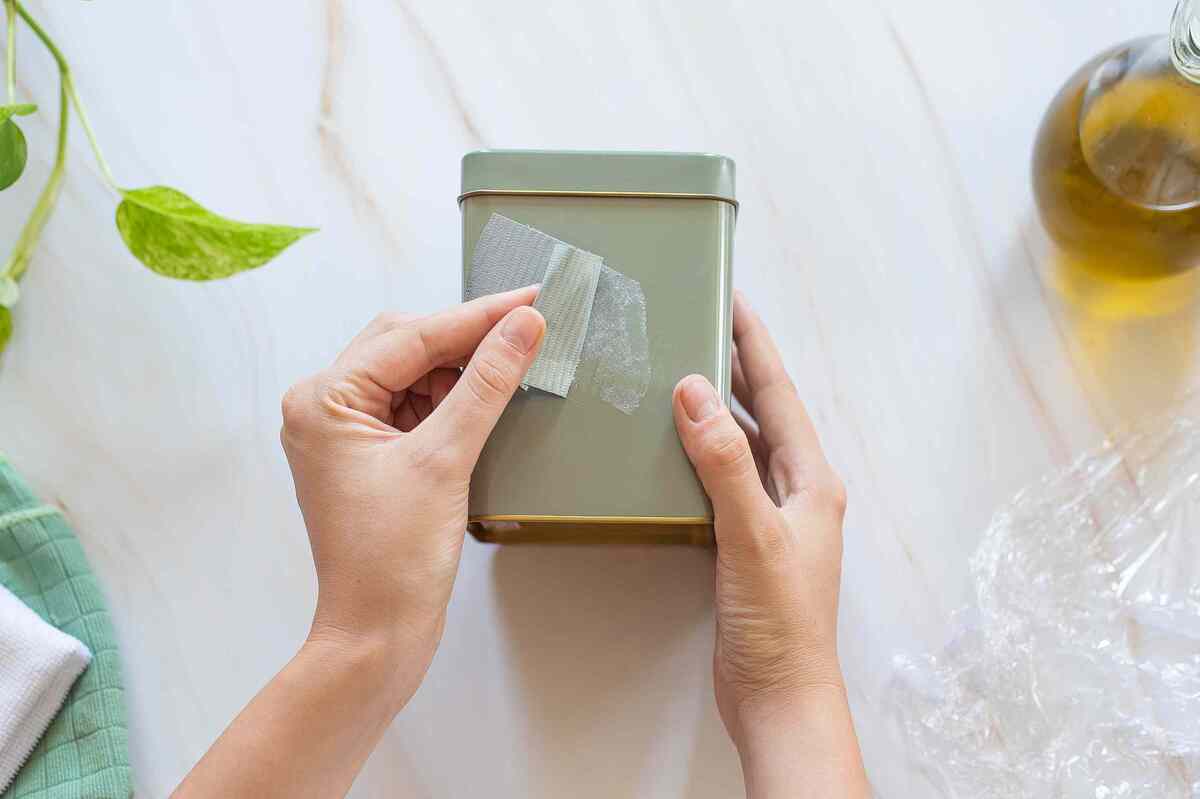
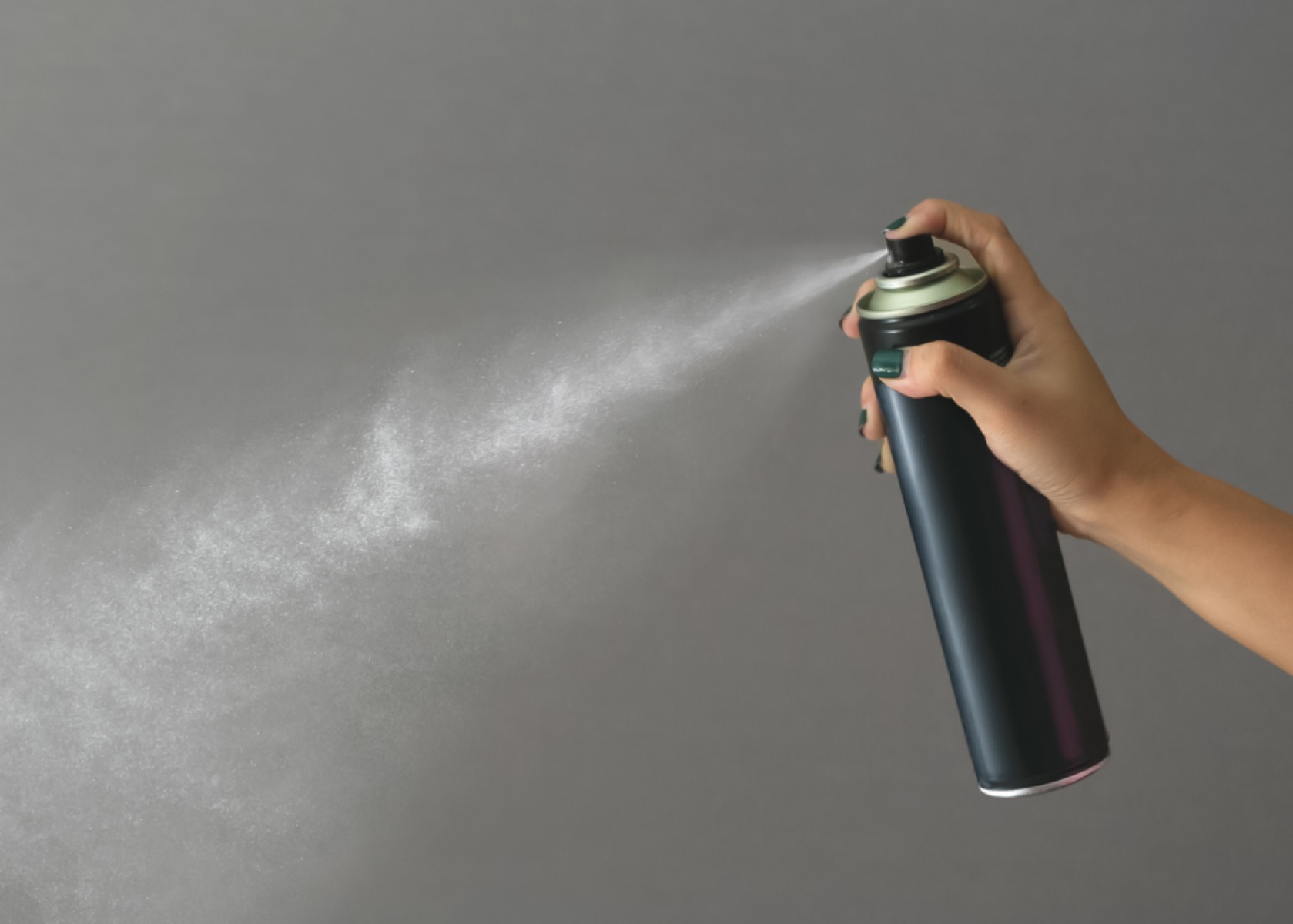
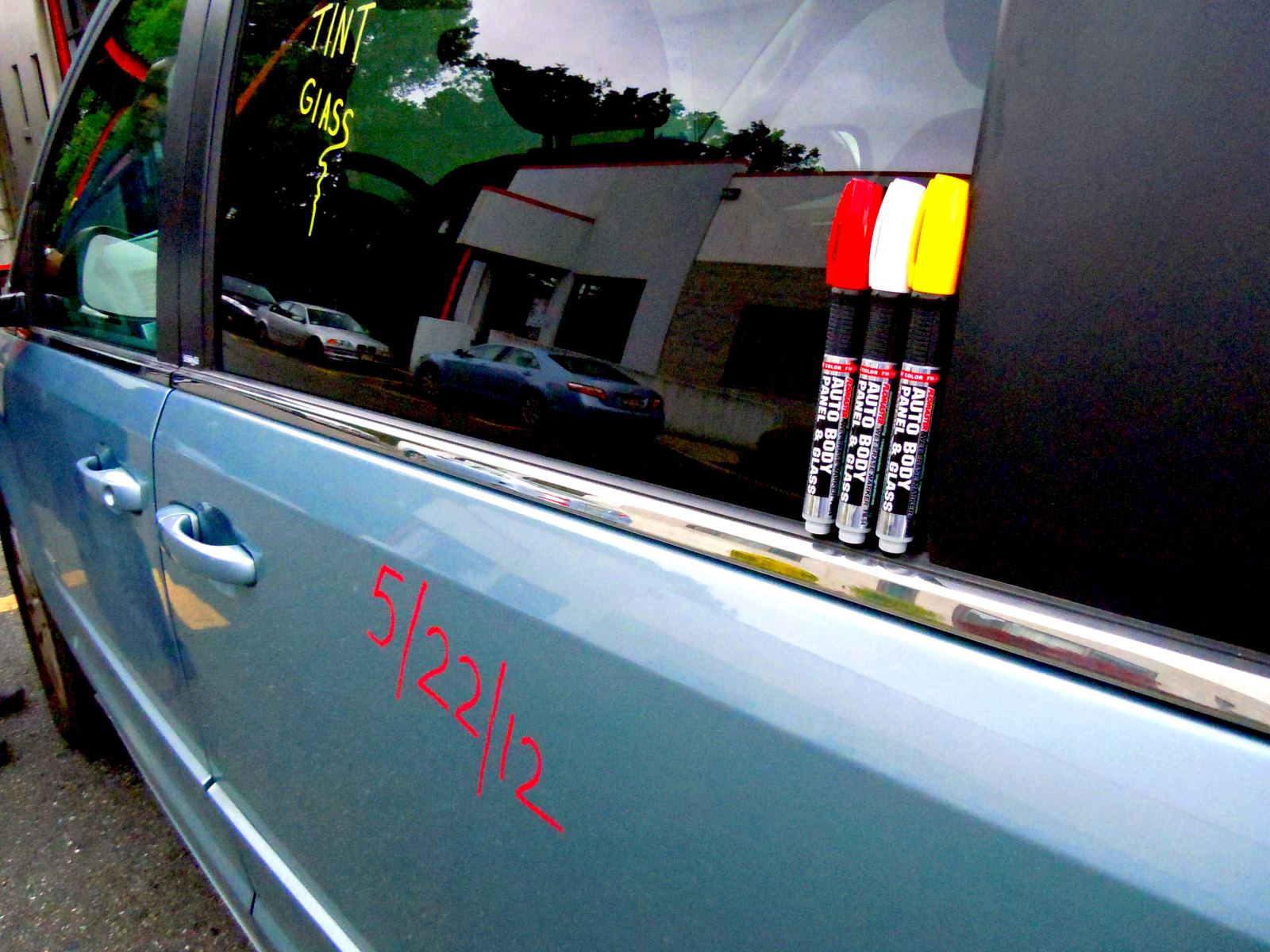
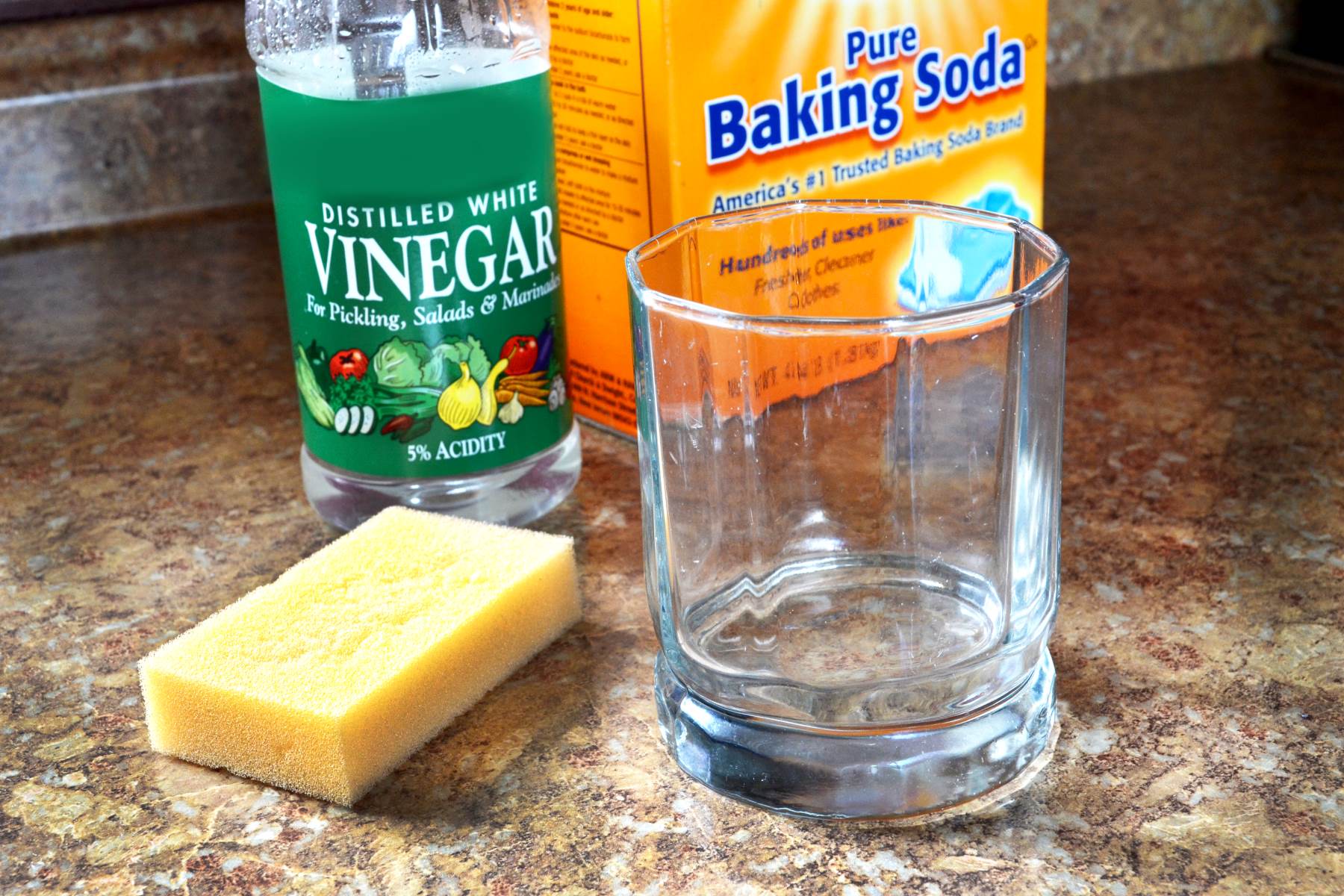
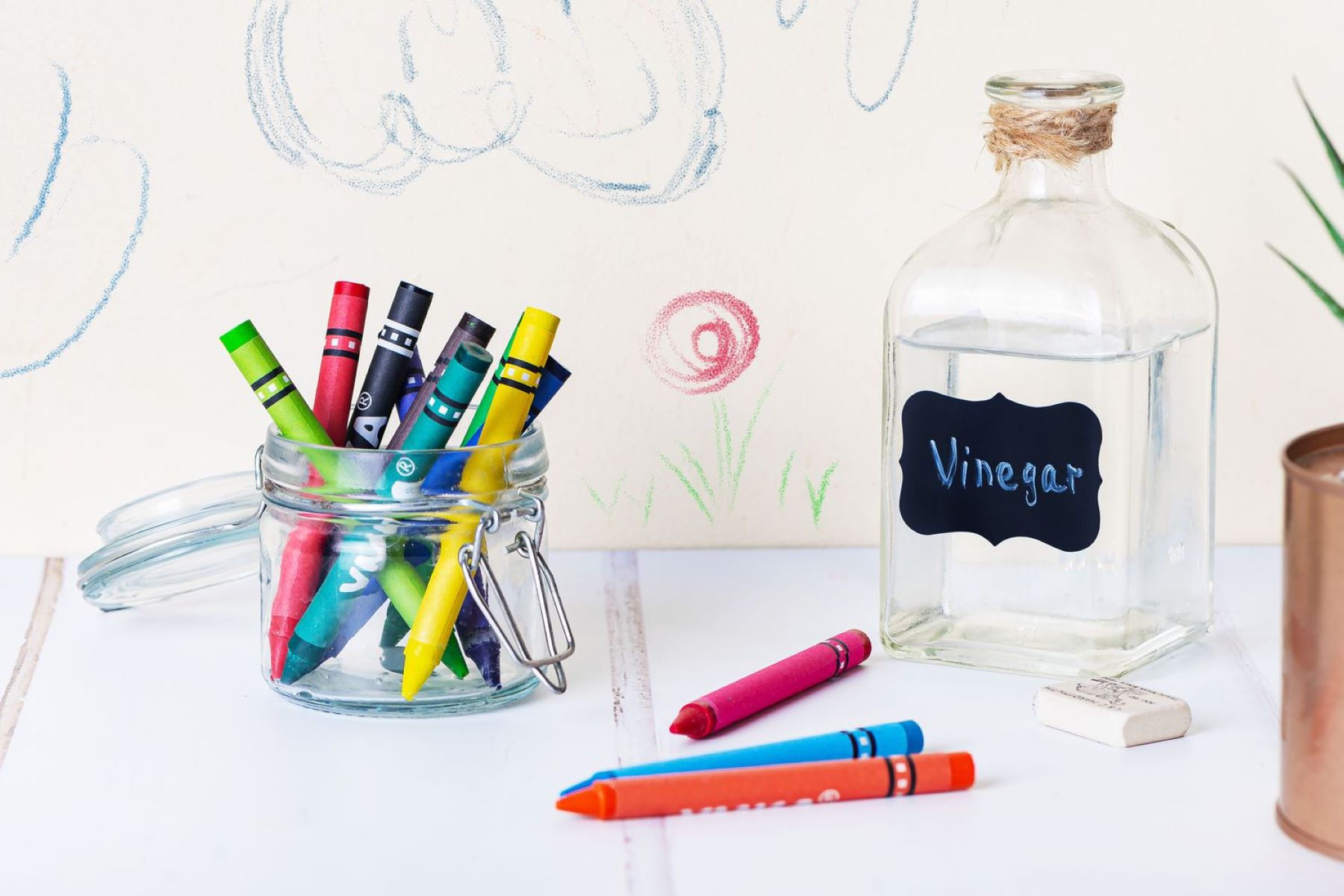
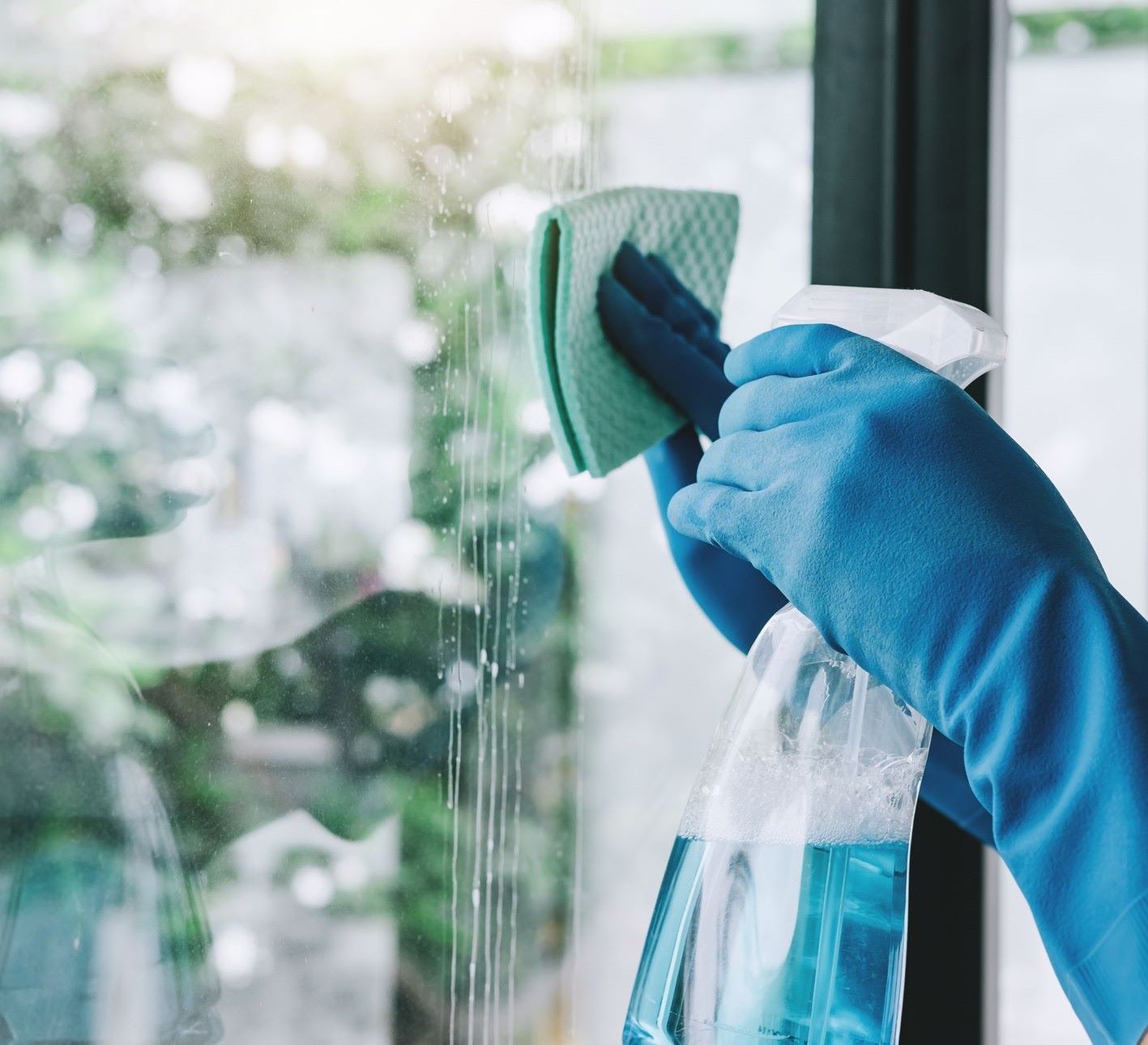

0 thoughts on “How To Get Gorilla Glue Off Glass”